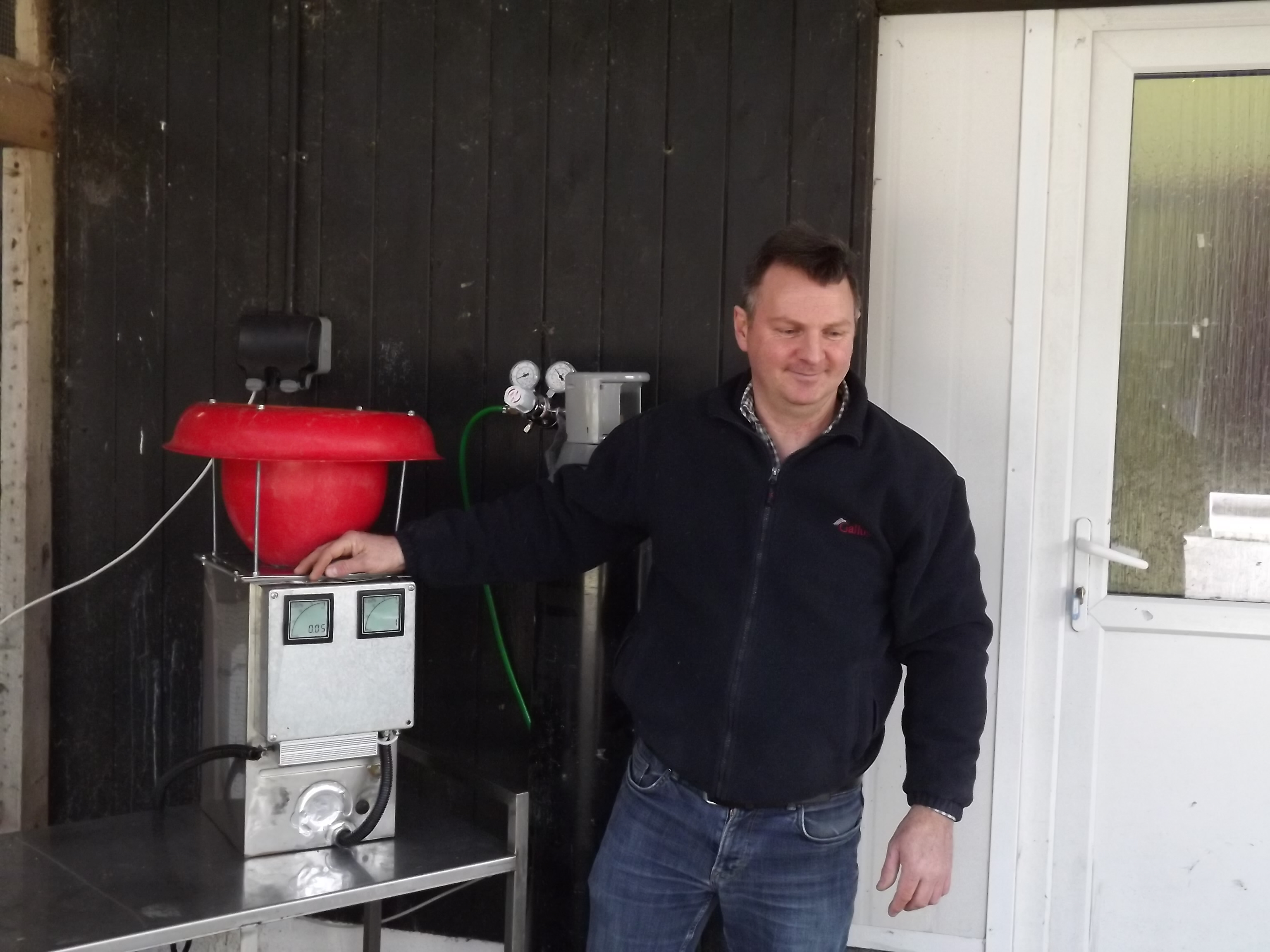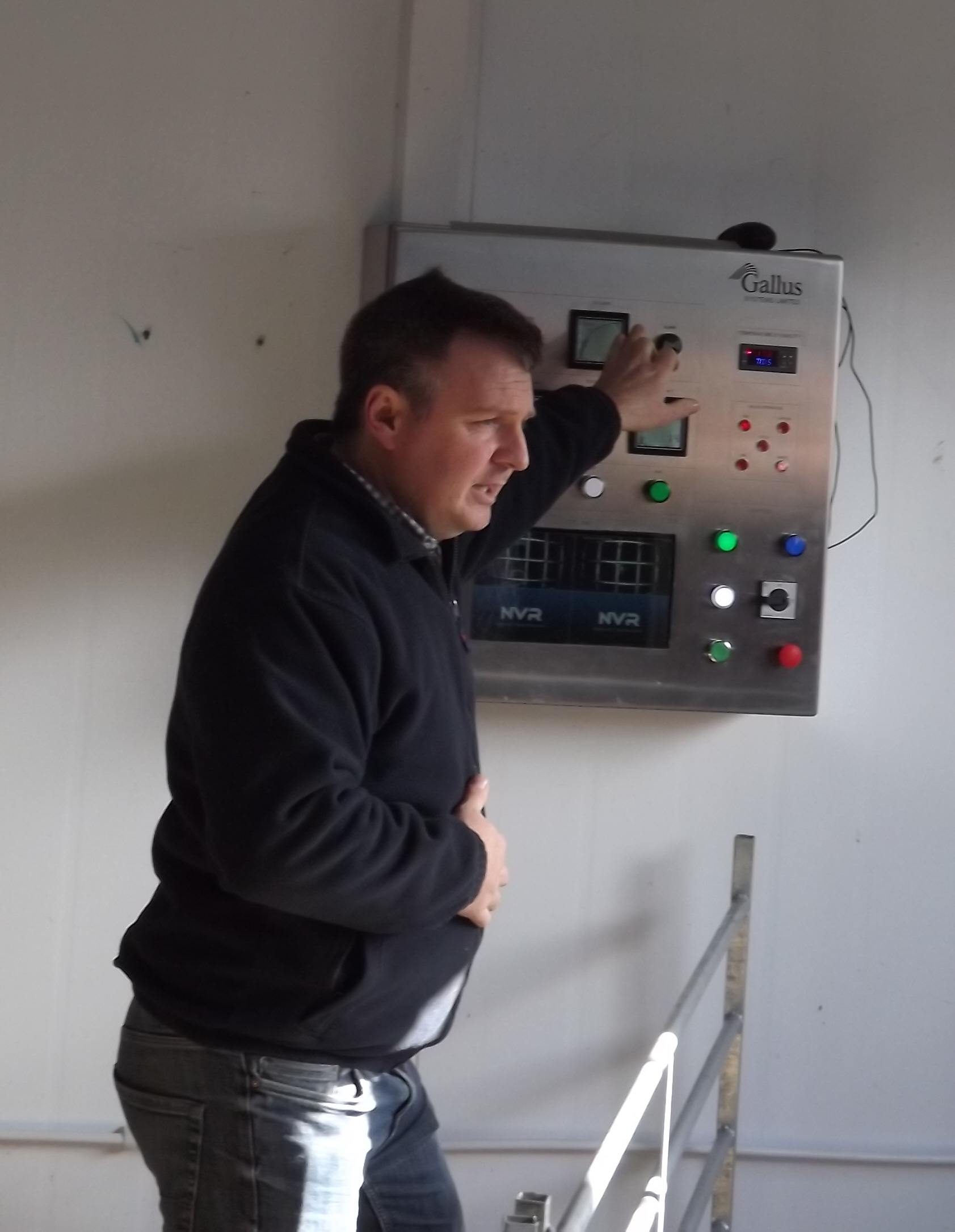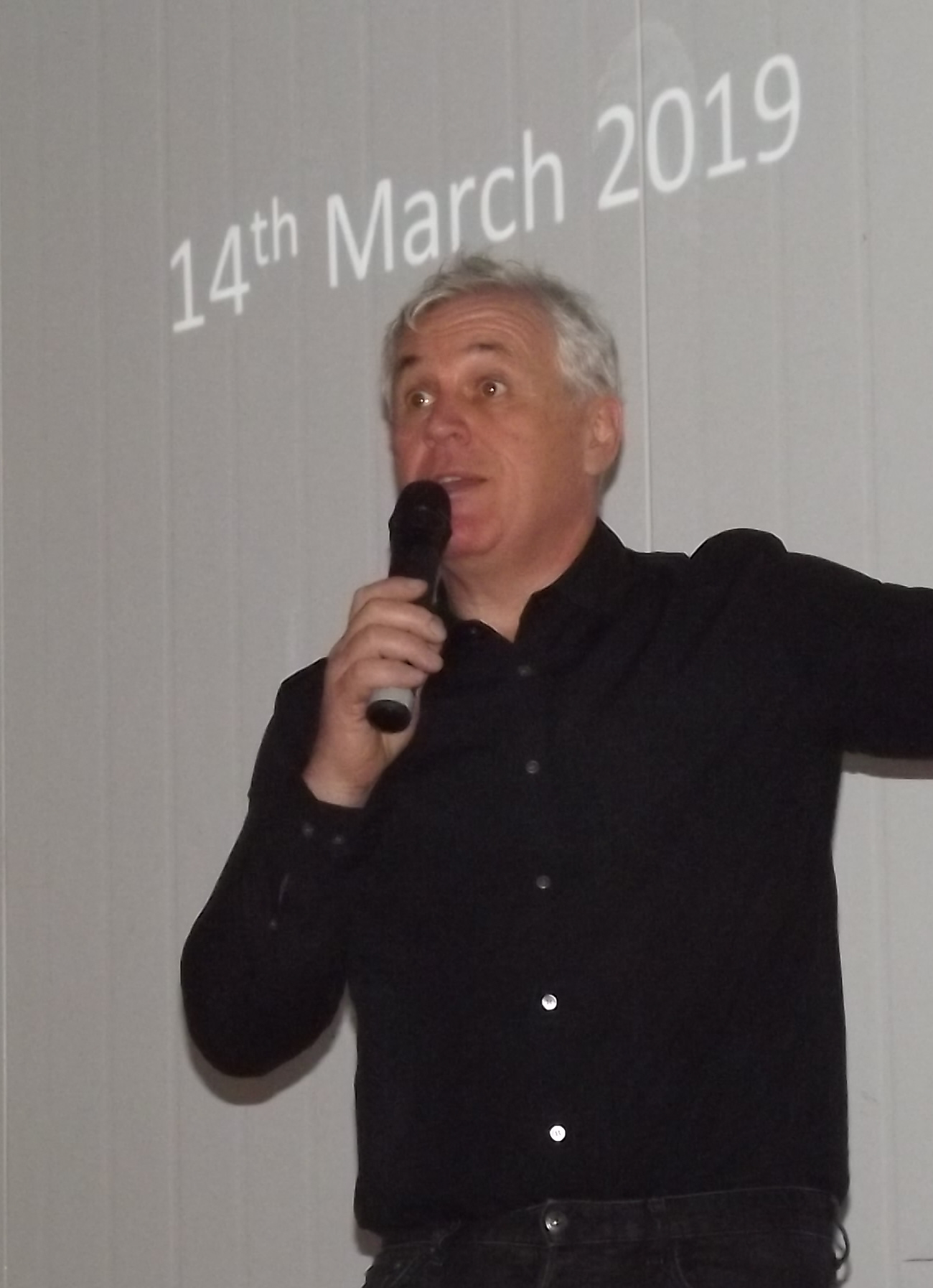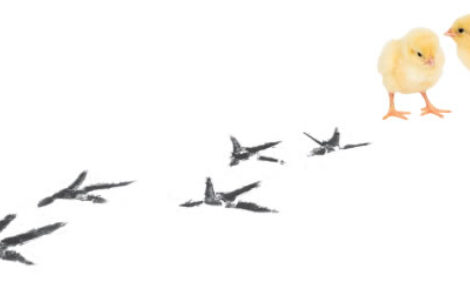



Gas stunning for smaller-scale producers
A new higher-welfare stunning system is being developed for small- and medium-sized producers and processors.A new gas stunning system is being made available to small producers thanks to a joint project between Kelly Turkeys in Essex and poultry consultants and equipment company Gallus Solutions.
While gas stunning has been available for large-scale production and processors for some time and has received approval from organisations such as the Humane Slaughter Association and the RSPCA for the additional welfare benefits it entails – by reducing the amount of handling of birds and decreasing stress pre-slaughter – these systems have not been practical for small-scale producers.

However, over the last two years, Kelly Turkeys has been working with a hatchery consultant from Gallus, Ed Hurford, to develop and manufacture a carbon dioxide stunning system that will be both practical and affordable for handling small numbers of poultry.
Last autumn, Kelly Turkeys carried out trials of the new technology at one of its farms, dealing with several thousand birds.
A prototype of the new Gallus gas system was also demonstrated at the triennial Poultry Day on 14 March 2019 organised by Kelly Turkeys’ sister company FarmGate Hatcheries and attended by more than 200 producers and others involved in the traditional turkey Christmas market.
The two companies developed the system with the help of an £80,000 grant from LEAF – Local Environment Action Fund – and how a version has received the approval of the RSPCA and will be used by Kelly Turkeys in processing its turkeys for the 2019 Christmas market.
The system currently sees the turkeys placed in a special pen under a cover that is gently lowered over the birds. When fully lowered, the cover forms a seal over the pen and the carbon dioxide gas is slowly introduced, gradually rising in density.
At present, the prototype consists of one box that can take between 30 and 35 turkeys at a time, but the plans are to build a second box to increase the stunning capacity. The whole stunning process takes about four-and-a-half minutes and the birds are irrecoverably stunned. UK law already states that animals must be killed, not just stunned, using this method.
“It is a multi-stage system and it is highly adaptable,” says Hurford. “By increasing the size of the box, we will be able to handle up to 70 birds at one time.”
At present the system handles about 300 birds an hour, but it is expected that when the second unit is developed the capacity will increase to about 900 birds.
Hurford says the box size and capacity of the system is adaptable according to the number of birds and the system required, while the atmosphere within the box is completely neutral.
The system is still in development and, according to Hurford, there are plans to introduce more automation into the system, reducing the handing of the birds as well as a method of recycling the gas.
At present, the system costs about 10p per bird to operate, but once the recycling system is introduced, this cost should be reduced to just 2p per bird.

He explains that the system has a number of welfare benefits over traditional electrical stunning. It reduces the stress on the birds and there is no wing flapping, which can harm the birds and cause broken bones. There is also no blood spotting in the muscle, improving the quality of the meat and the final product.
At the flick of a switch the system can be made suitable for chickens as well as turkeys (the stun period has to be increased for chickens by about a minute).
The research is also developing a smaller gas stunner for individual birds, which operates on the same principles, to be used in cull situations on the farm.
Hurford says that while large processors have a large footprint for their gas stunning systems, the new system opens up markets for the small-and medium-sized producer. When initial development has been completed, it is expected to hit the market in August next year, costing between £60,000 and £80,000.
“The Gallus gas system is aimed at meeting the challenges of the smaller poultry producer and moves one step closer in giving them access to the retailers looking for family-owned brands but requiring a gas method of stunning,” says Hurford.
“Complying with current legislative and welfare bodies, the system uses the preferred two-stage method of slaughter, which was developed using advice for the RSPCA. “This is a highly adaptable, easily maintainable and affordable system, which will integrate into most small producer lines without major modifications to the slaughter area.”

Paul Kelly, managing director of Kelly Turkeys says: “The major poultry producers have invested heavily in gas stunning technology and established its benefits in carcass quality and perceived welfare benefits.
“But outlay on this technology and the cost of buying and storing carbon dioxide has not been feasible for small-scale operations.
“This is where we see a market for our new product in this country and abroad.”
At present, Kelly Turkeys uses traditional electrical stunning methods.
From the lairage the birds are hung on the line and immediately stunned individually by the trained slaughterman. However, electric stunning is carried out with a current of 600 amperes, which means that the birds are killed instantaneously.
After the stunning another slaughterman immediately makes a cut through the carotid artery at the back of the mouth using a surgical scalpel and the birds are allowed to bleed for about three minutes into a collection trough.
In a dry plucking process for the small turkeys, the birds pass along the line to the area where their wings are trimmed at the flight plucker and they are individually plucked on plucking machines.
The next stage in the processing is feet cleaning before the birds are submerged into a wax bath for wax dipping. The wax is at 63°C and it is allowed to cool on the birds before being removed to strip the remaining feathers.
After plucking, the turkeys are weighed on the carousel and divided into 1kg weight ranges and hung on the stillages.
At this stage the turkeys are also separated out into those that are A grades and those with bruises or skin tears that will not make the A grade and will go for further processing into cuts and products.
The turkeys on the stillages are slowly chilled overnight for the muscles to relax to that they are not affected by a sudden change in temperature. The aim is to reach an internal temperature of 10°C 12 hours after plucking.
The birds are then taken to the chiller and area allowed to hang and mature, “New York dressed” for up to 14 days before evisceration.
The giblets are removed during evisceration and taken to the giblet table where they are trimmed and sorted and vac packed.
Throughout the whole process there are official inspectors on the processing floors overseeing the process.
During the evisceration process the carcasses have to be kept at 0°C. The viscera are removed using a specially designed evisceration spoon that keeps the pack entire without breaking it, preventing potential carcass contamination.
If the temperature is too low the gizzard will be frozen; too high the whole line will slow down.
During the 10 to 14 days while the birds are hanging, campylobacter in the birds is eliminated add about 90 percent of the salmonella is also purged.
The dry-plucking method of processing turkeys is a system that is unique to the UK and Ireland and adds to the market potential of the final product, which is also enhanced by the artisan nature of production and the emphasis on local produce – marketing perspectives that can add to the value of the final product.








